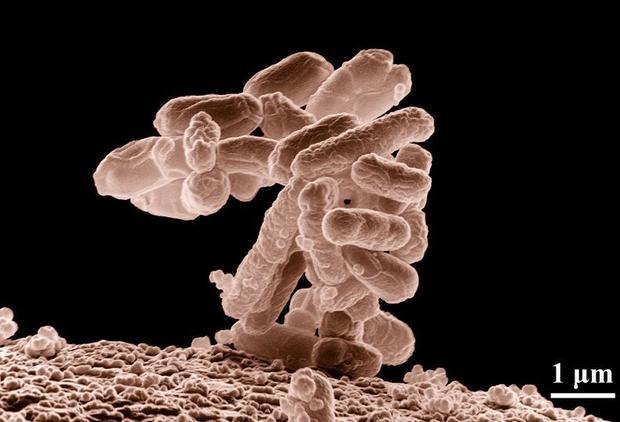The reason for the research is because DNA data storage is set to become a big deal. This is driven, in part, by major corporations seeking data storage solutions that have greater capacity, avoid obsolescence, be robust, and which will be of a relatively low cost. Just taking obsolescence – DNA from thousands of years ago can be sequenced by scientists; this would make any DNA stored data recoverable after considerable amounts of time. Examples of companies researching so-called exabyte (one billion gigabytes) storage solutions include Facebook, Apple, Google; in addition many governments, including the U.S., are considering DNA storage solutions. There’s also a medical research side to these projects, tied up to activities like drug development.
New research from Harvard University takes the DNA storage concept in an exciting new direction: what if you could keep huge quantities of digital information with you at all times? This would be possible if the information was embedded in microscopic DNA molecules in your skin? The reason why this direction is different is because one trajectory of DNA storage receiving attention is with the use of synthetic DNA (as with new research from Columbia University and the New York Genome Center); the Harvard research re-orientates things back to the biological source.
To test out this possibility Harvard University geneticist George Church has used the gene-editing system CRISPR to insert a short animated image into the genomes of viable Escherichia coli bacteria. GIF (Graphics Interchange Format) is a bitmap image format that supports up to 8 bits per pixel. The file format is often favored over other image files because supports animations and allows a separate palette of up to 256 colors for each frame.
READ MORE: Microsoft exploring DNA storage solution
For the study, the researchers converted the individual pixels of each image into nucleotides (these are the building blocks of DNA). This was via an emerging gene editing method called CRISPR (an acronym for “Clustered regularly-interspaced short palindromic repeats.”) It is a relatively new genome editing tool that functions like molecular scissors. The method allows scientists to modify an organism’s DNA (in this case, the E. coli bacterium, illustrated below).
READ MORE: Is CRISPR technology set to change biological science?
According to Now Science, the research group delivered the GIF into the living bacteria in the form of five frames. These were images of a galloping horse and rider by British photographer Eadweard Muybridge taken around 1870. To test out the process, the scientists were able to retrieve the data by sequencing the bacterial DNA. This was achieved with a reported 90 percent accuracy.
READ MORE: DNA as a data storage medium: Progress and challenges
This means it would be theoretically possible for humans to host information in their living cells. This is likely to be more challenging than using synthetic DNA, although the advantages of embedding digital information into a person carries a lot of advantages in terms of portability and data security. There are other sorts of security concerns, however, such as the death of the person carrying the information. This is why some researchers think sticking with bacteria is a better option: some bacteria can survive radiation exposure and extremely low or high temperatures.
The new research has been published in the journal Nature, under the heading “CRISPR–Cas encoding of a digital movie into the genomes of a population of living bacteria.”
















